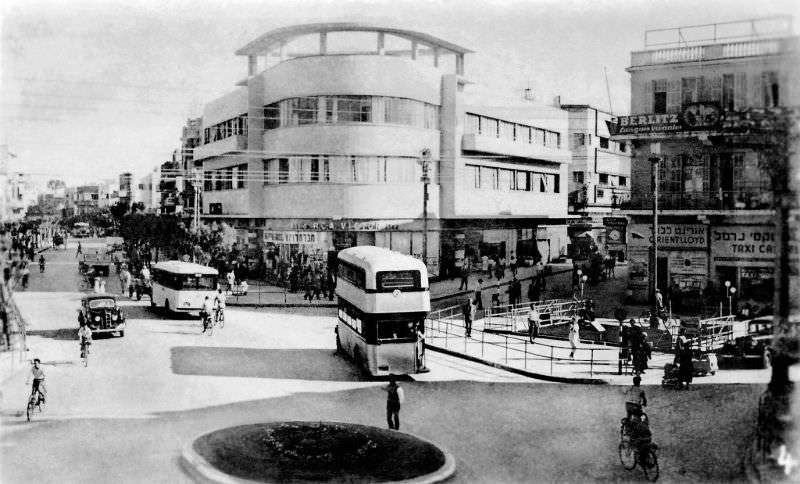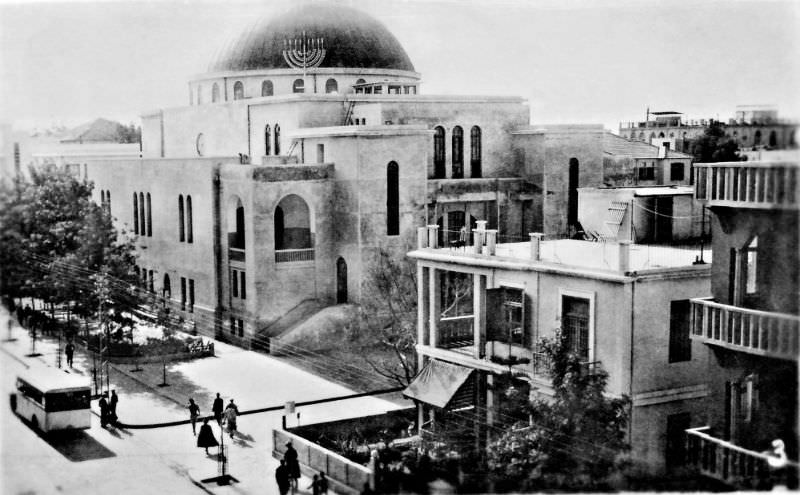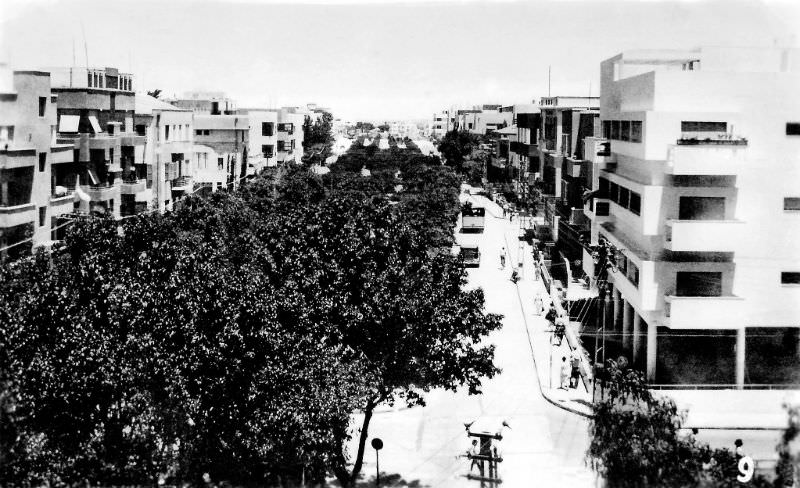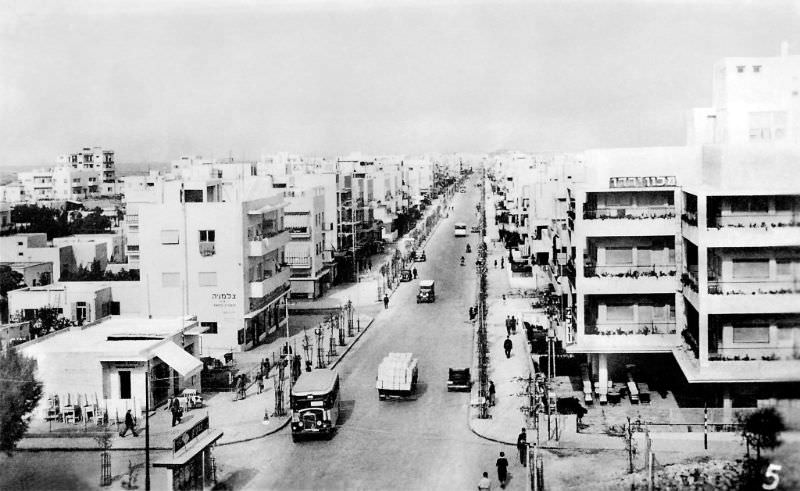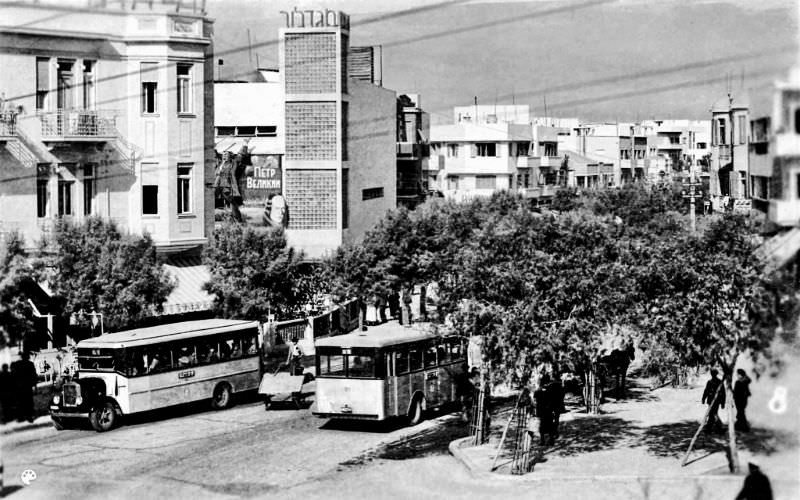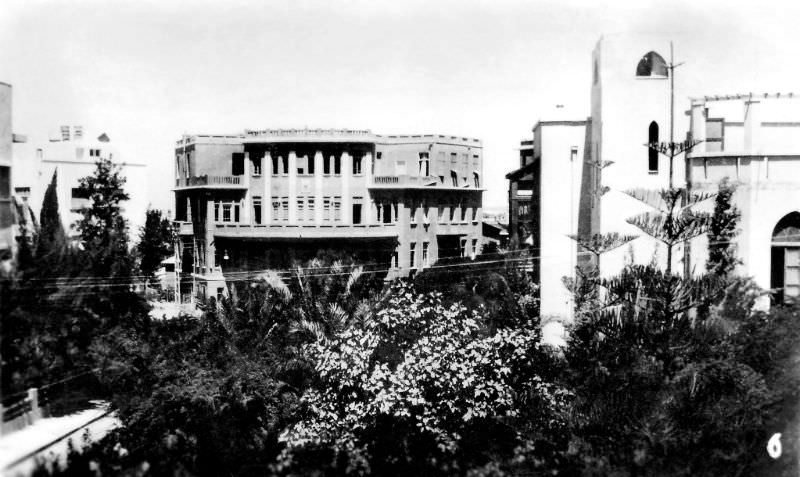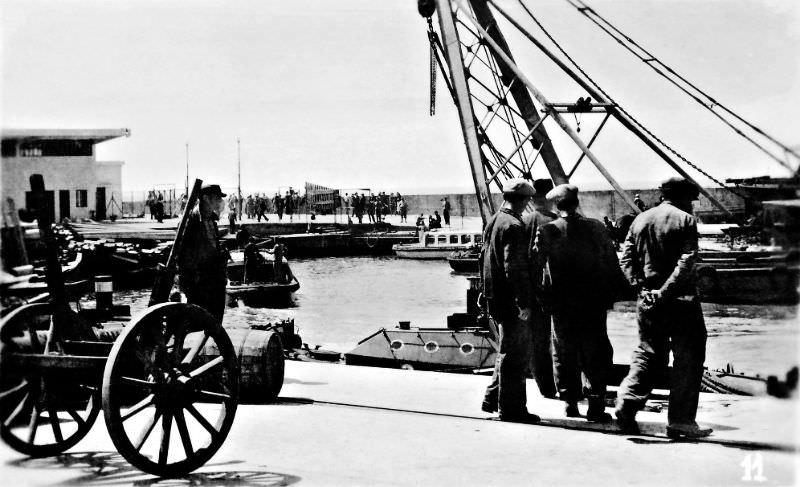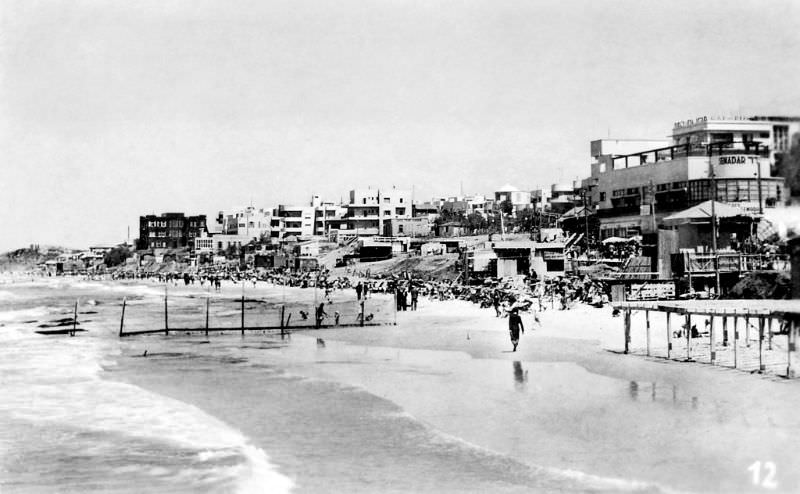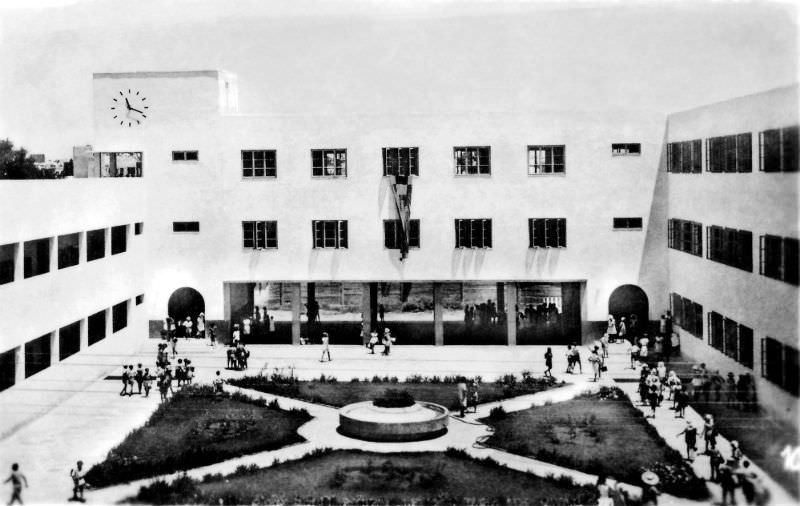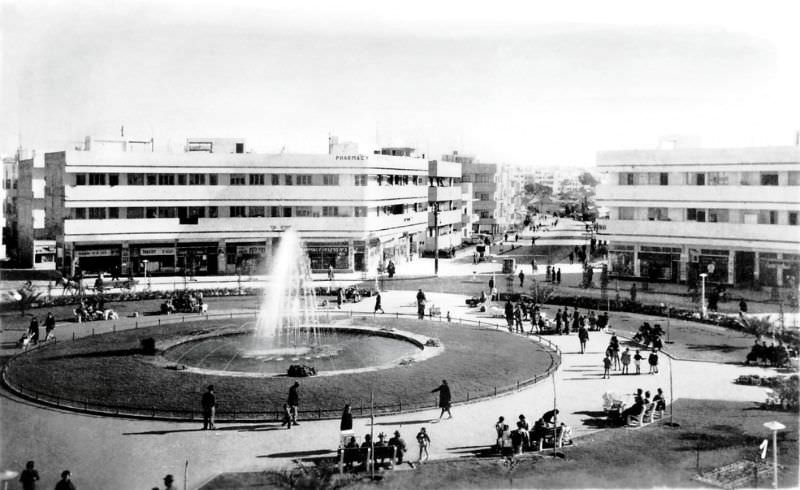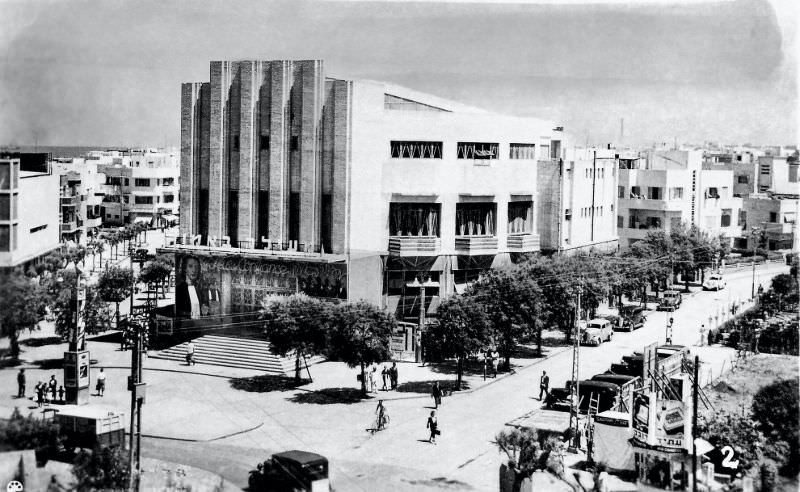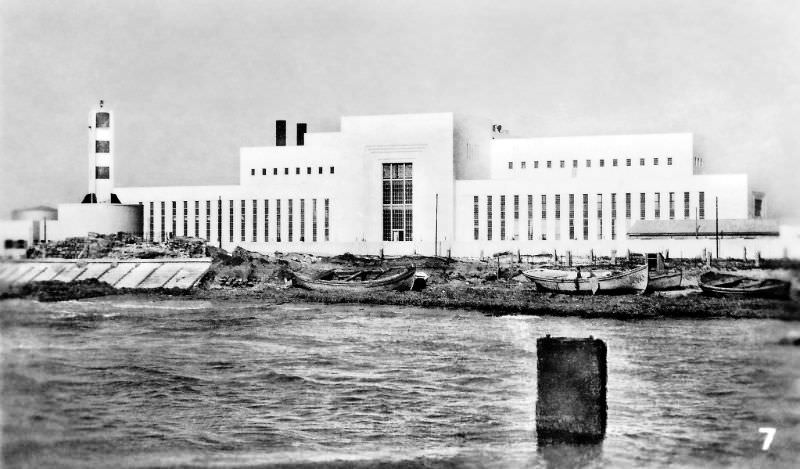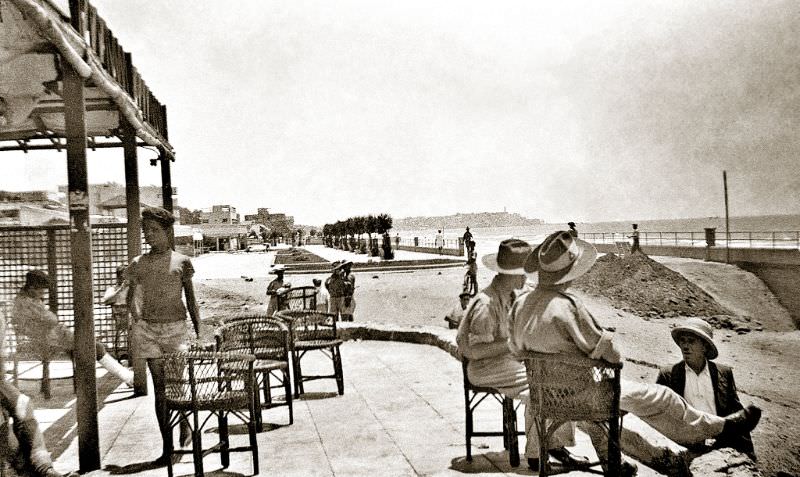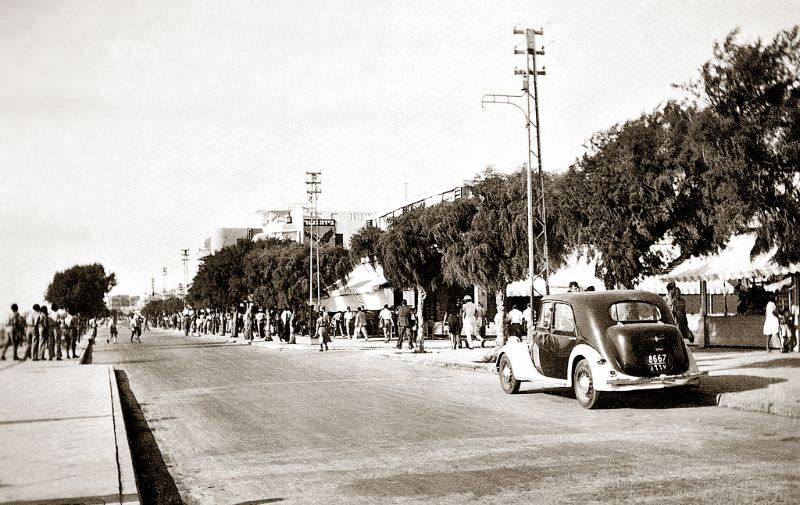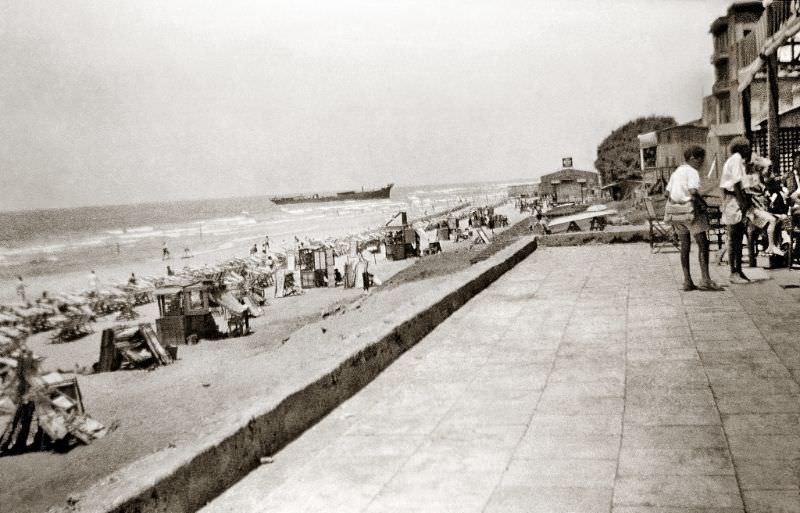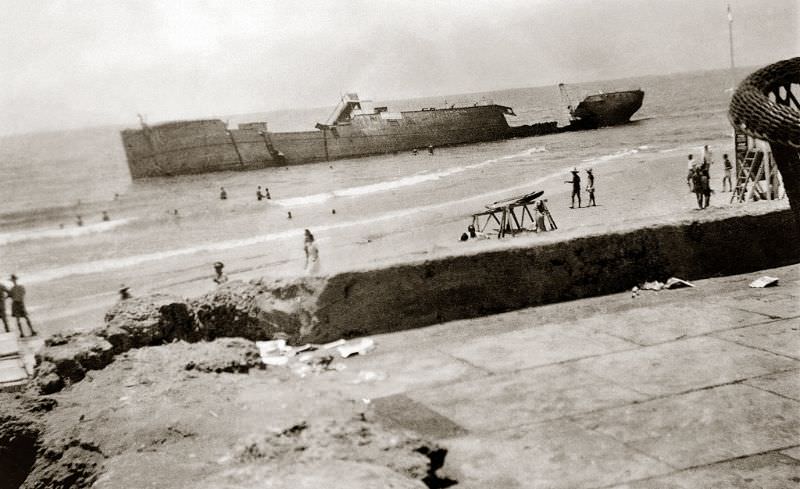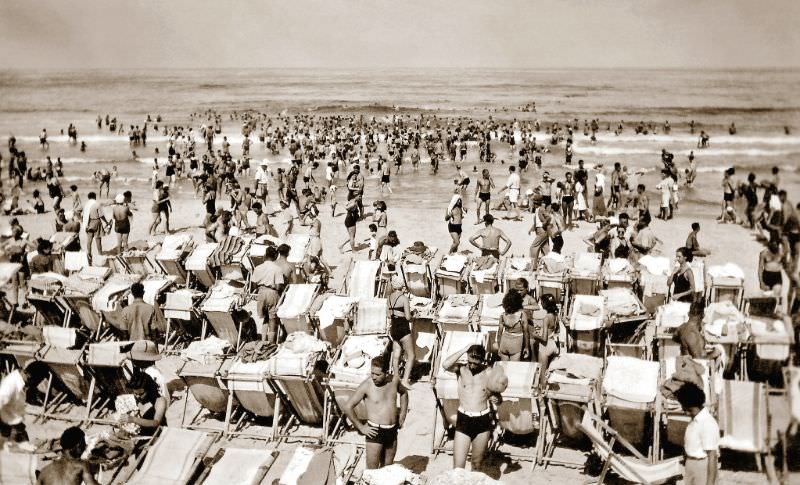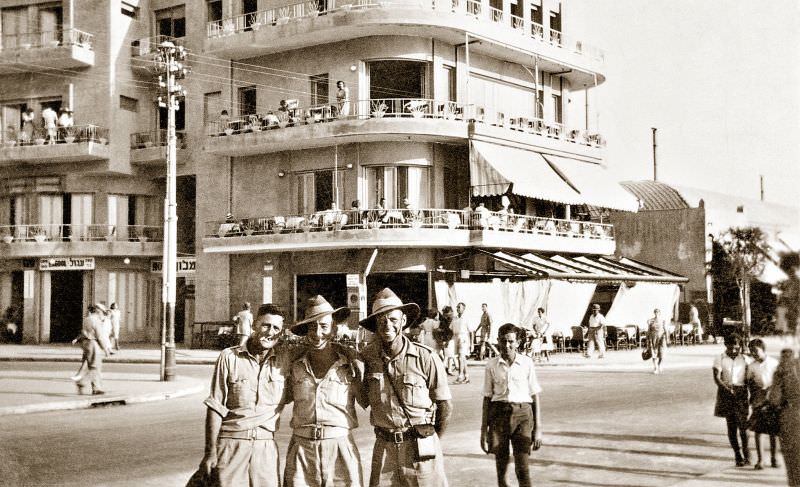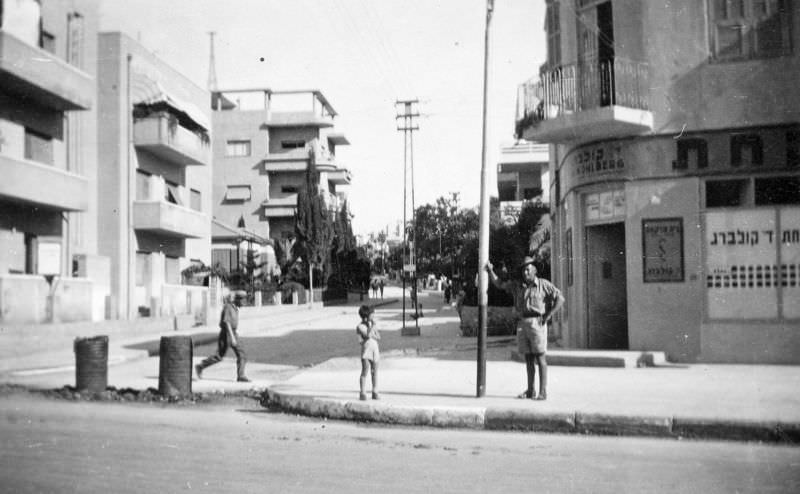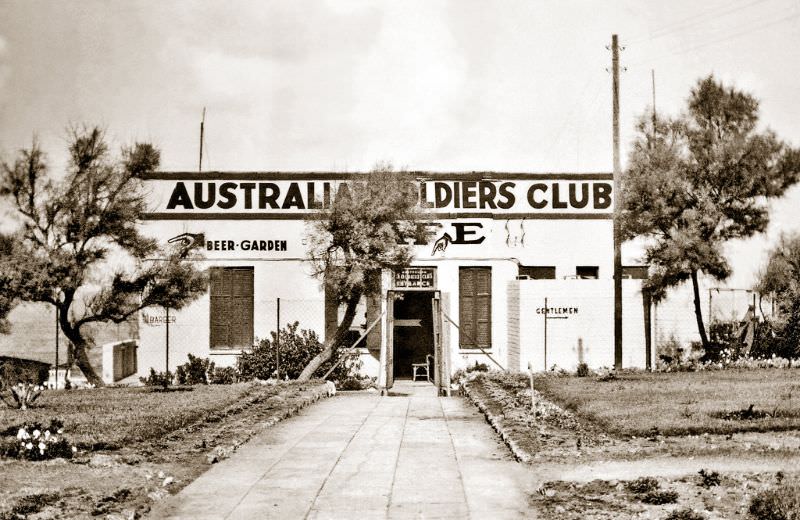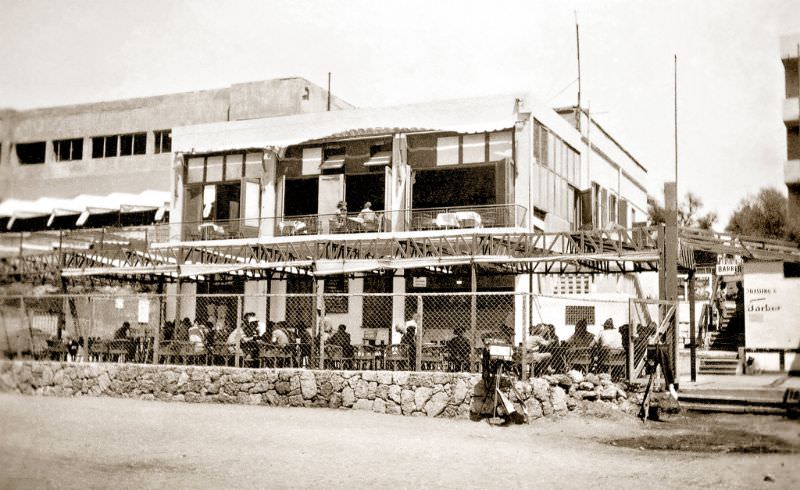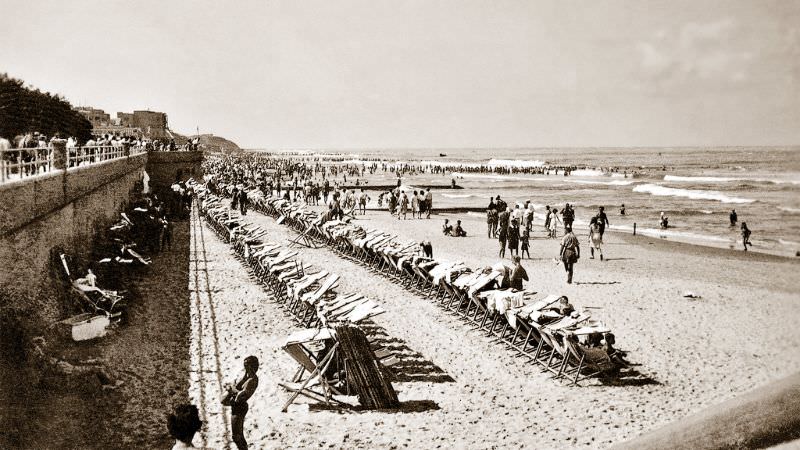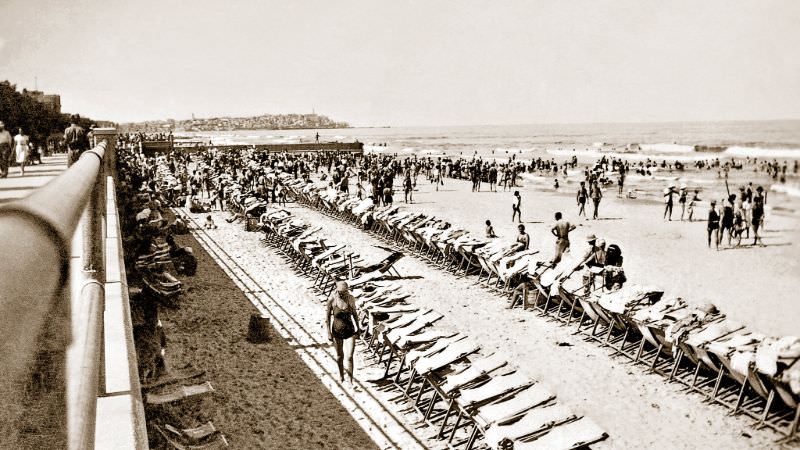Tel Aviv was founded in 1909 as an urban housing estate on the outskirts of the ancient port city of Jaffa, then a part of the Mutasarrifate of Jerusalem during the Ottoman Empire. A majority of Jewish refugees moved to Tel Aviv, causing the city’s growth to outpace Jaffa, which had a majority Arab population at the time. Two years after Israel’s Declaration of Independence, Tel Aviv and Jaffa were merged into one municipality. Tel Aviv had grown to more than 1 square kilometer by 1914. Tel Aviv had a population of 2,679 at the time of the 1915 census. Scottish pioneering town planner Patrick Geddes created a master plan for the Tel Aviv township in 1925 inspired by the garden city movement. After the British occupied Jerusalem during the Sinai and Palestine Campaign in late 1917, the British imperial army annexed Tel Aviv to Mandatory Palestine until 1948.
Jaffa’s Arab population was 69,000, while Tel Aviv’s Jewish population reached 150,000 by 1937. During the next two years, it grew to 160,000, making up a third of Palestine’s total Jewish population. Tel Aviv became a center of urban life after new Jewish immigrants disembarked in Jaffa, making it the hub of Jewish immigration to Palestine. The population of Tel Aviv was more than 200,000 when Israel was established in May 1948. Up until December 1949, Tel Aviv was the temporary capital of Israel until Jerusalem became its permanent capital. The majority of embassies remained in or near Tel Aviv due to the international dispute over the status of Jerusalem. 1948 marked the beginning of disagreements between the Tel Aviv municipal government and the Israeli government over the boundaries of Tel Aviv and Jaffa.
Ethnic Cleansing of Palestinians
The process of creating a Jewish state in Palestine was deliberate, long, and violent. Large swathes of Palestinian land were seized. In 1948, over 80 percent of Palestinians who lived in what became Israel became refugees. Although the process may have culminated in 1948, it began as early as the 20th century – and continues today. Zionist forces attacked some 530 Palestinian villages and major Palestinian cities to create the State of Israel. The Zionist movement expelled around 750,000 Palestinians from their homes and killed approximately 13,000 Palestinians during the 1948 war, culminating in the country’s ethnic cleansing. More than seven million people today are refugees and descendants of refugees. They are still waiting to return home to refugee camps in neighboring Arab countries.
Today, Tel Aviv is an economic hub and serves as Israel’s financial capital. It is the fifth most visited city in the Middle East.


